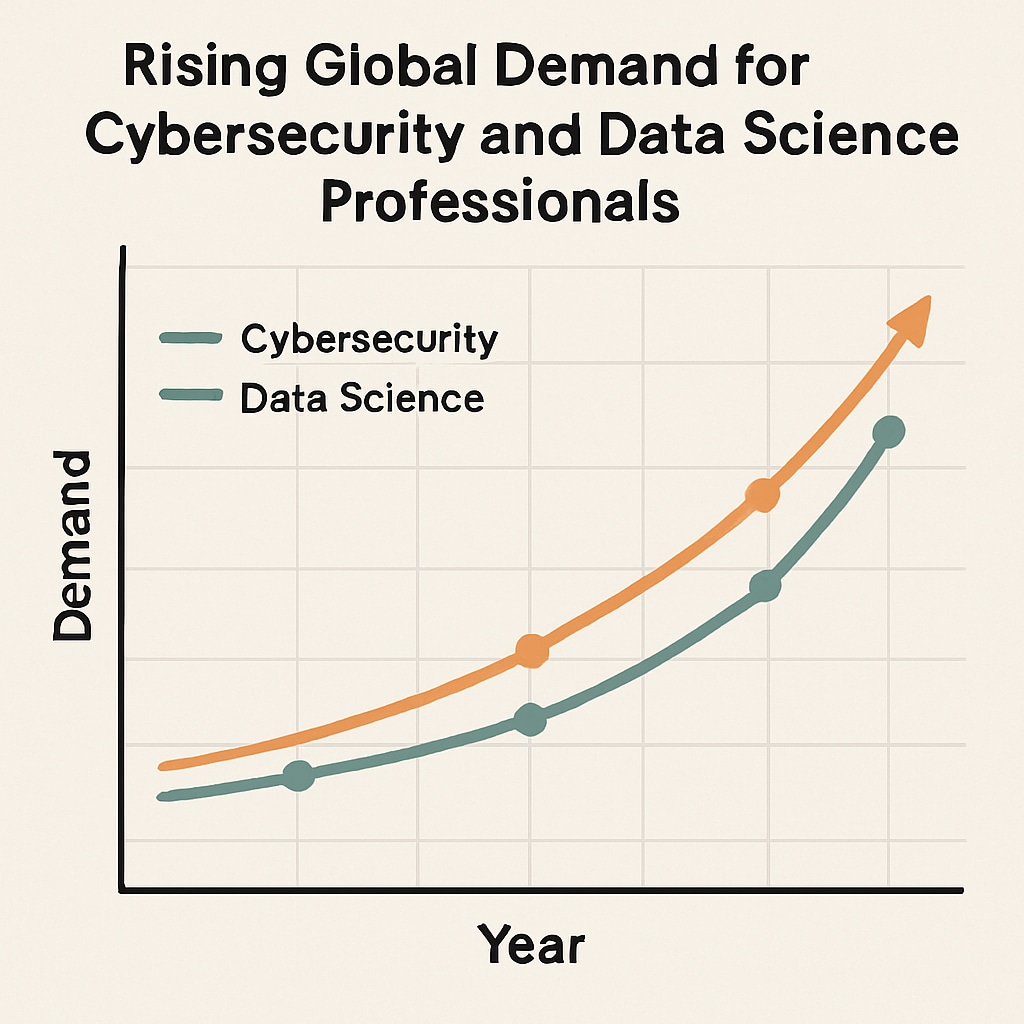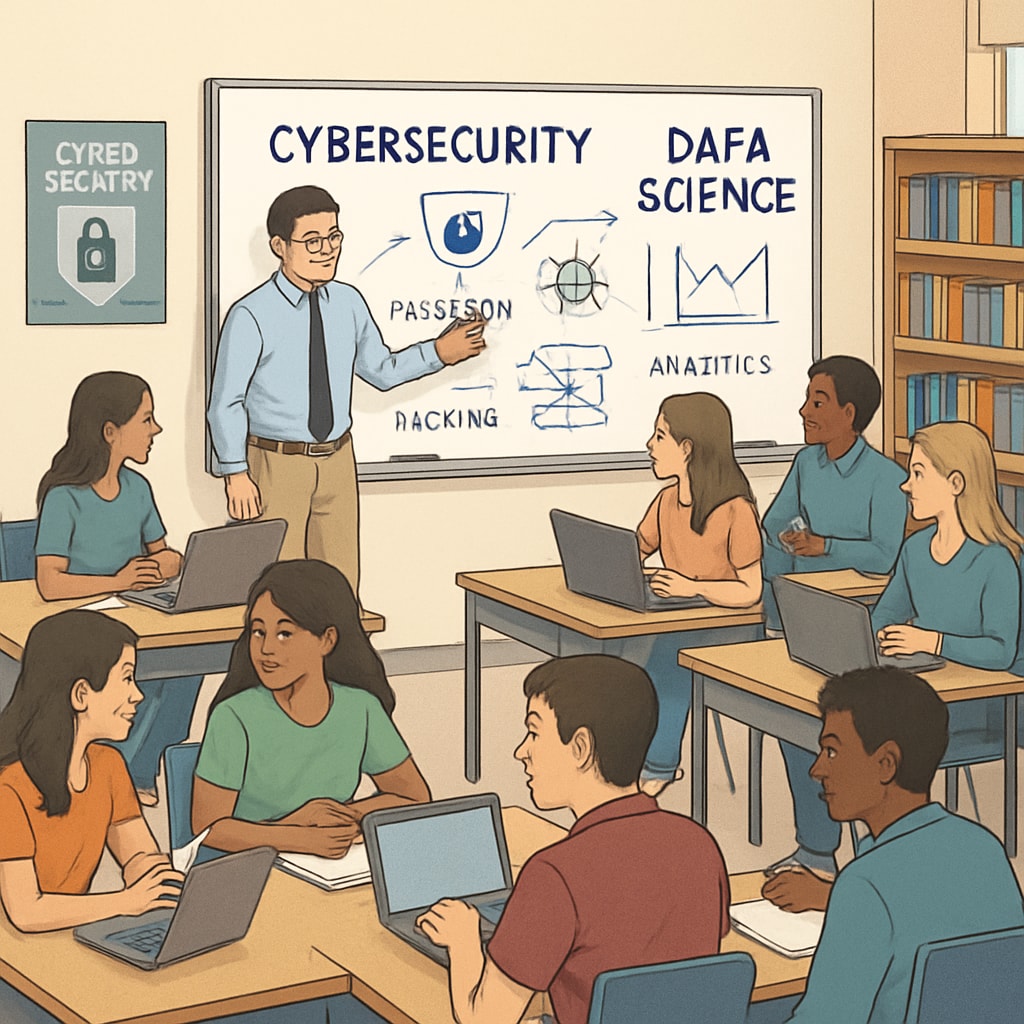Cybersecurity, data science, and career choices have become increasingly significant as the world embraces digital transformation. Both fields offer tremendous opportunities for innovation and growth, making them top choices for students exploring future professions. This article examines how K12 education can nurture students’ interest and capabilities in these areas, ensuring they are well-prepared for their career journeys.
Why Cybersecurity and Data Science Are Vital in the Digital Age
The digital age has brought unprecedented connectivity, but it also presents unique challenges. Cybersecurity is essential for safeguarding sensitive information, systems, and networks from malicious attacks. On the other hand, data science enables organizations to extract valuable insights from vast amounts of data, driving decision-making and innovation.
As a result, the demand for professionals in both fields has skyrocketed. According to Britannica, data mining is crucial for businesses seeking to stay competitive. Similarly, cybersecurity experts are indispensable in countering cyber threats, as explained on Wikipedia.

Introducing Cybersecurity and Data Science in K12 Education
One of the most effective ways to prepare future professionals is to introduce cybersecurity and data science concepts early in education. By incorporating these topics into K12 curricula, schools can spark curiosity and equip students with foundational skills.
- Hands-On Learning: Activities like coding games, data analysis projects, and cybersecurity simulations can make learning engaging.
- Interdisciplinary Approach: Combining mathematics, computer science, and problem-solving exercises helps students develop critical thinking skills.
- Career Exploration: Inviting industry professionals to share their experiences can inspire students to pursue these fields.

Career Paths: Cybersecurity vs. Data Science
While both fields offer lucrative opportunities, their career paths differ significantly. Cybersecurity focuses on detecting and mitigating risks, whereas data science emphasizes analyzing and interpreting data. Below is a comparison:
| Cybersecurity | Data Science |
|---|---|
| Roles: Security Analyst, Penetration Tester, Ethical Hacker | Roles: Data Analyst, Machine Learning Engineer, AI Specialist |
| Skills: Risk Management, Cryptography, Network Security | Skills: Statistics, Programming (Python, R), Data Visualization |
| Industries: Finance, Healthcare, Government | Industries: E-commerce, Entertainment, Research |
Students can choose between these paths based on their interests, skill sets, and long-term goals. For example, those passionate about protecting systems may thrive in cybersecurity, while analytical thinkers may excel in data science.
Future Trends and Opportunities
The future for both fields is promising. Artificial intelligence and machine learning are revolutionizing data science, while cybersecurity continues to evolve with advancements in blockchain and quantum computing. Aspiring professionals will find themselves at the forefront of innovation in these domains.
Moreover, governments and organizations worldwide are investing in cybersecurity and data science education initiatives to address skill shortages and build robust talent pipelines. Students entering these fields today will likely benefit from favorable job markets and competitive salaries.
In conclusion, preparing students for careers in cybersecurity and data science begins with early education. By fostering curiosity and providing practical skills during K12, we pave the way for a generation of digital leaders who will shape the future of technology.


